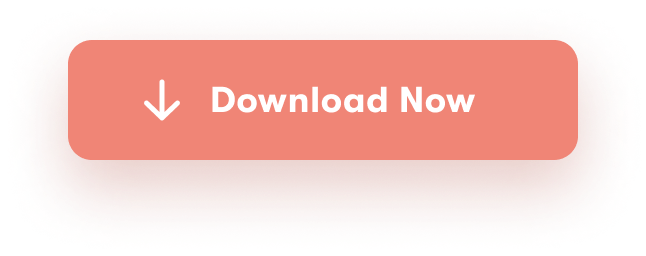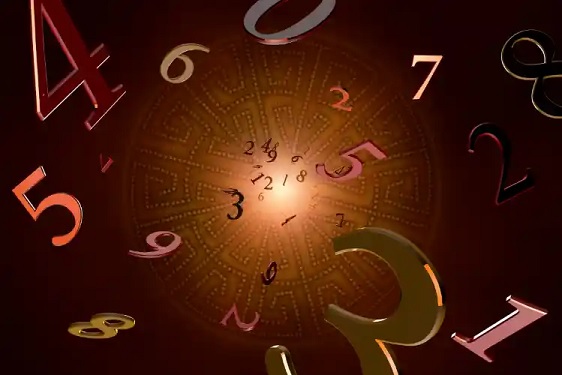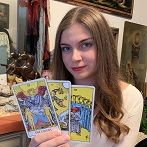 “Emotional pain cannot kill you, but running from it can. Allow. Embrace. Let yourself feel. Let yourself heal.” ~Vironika Tugaleva I plodded up the half-mile hill that led to my house, my backpack weighing heavily on my shoulders in the insistent summer heat. The mild breeze that drifted off the Boston harbor was a cruel joke, hinting at coolness but offering no respite. Recently heartbroken, I felt tears streaming hotly down my cheeks for the third time that day as the pain of my ex-partner’s absence crashed swiftly on my heart.
“Emotional pain cannot kill you, but running from it can. Allow. Embrace. Let yourself feel. Let yourself heal.” ~Vironika Tugaleva I plodded up the half-mile hill that led to my house, my backpack weighing heavily on my shoulders in the insistent summer heat. The mild breeze that drifted off the Boston harbor was a cruel joke, hinting at coolness but offering no respite. Recently heartbroken, I felt tears streaming hotly down my cheeks for the third time that day as the pain of my ex-partner’s absence crashed swiftly on my heart.
I reached out to a trusted friend seeking solace. “Sobbing again” I texted her, knowing she would decipher the pain behind my words. She hesitated for a moment before responding: “Duh.”
I hiccupped mid-sob, surprised.
She went on: “Feel it. It’s going to hurt. But every moment you’re sobbing, you’re doing the work. Every moment you’re hurting, you’re healing. The only way out is through.”
I stared at the screen, digesting her words. That was the last thing I’d expected. I’d expected to be coddled or encouraged to look at the bright side. I’d expected to be force-fed an ice cream cone at J.P. Licks.
This was different. For the first time in my grieving process, I wasn’t told to gloss over my feelings with a coat of rose-colored paint. Someone I trusted was encouraging me to feel my pain in its entirety. Through her eyes, my pain was valid and productive—a necessary step on my journey toward healing.
Her direct acknowledgement of my suffering was the permission I needed to truly feel my pain instead of avoid it. Instead of worrying that I wasn’t trying hard enough to be happy—instead of worrying that I was taking “too long” to heal—I felt like I was doing everything properly.
I could celebrate the work I was doing, even when that work was breaking into sobs, for the third time that day, on the half-mile walk home.
My pain and grief had meaning. It could serve a purpose. It could serve me. Since then, I’ve developed a new way of looking at pain:
When we allow ourselves to fully experience painful or uncomfortable feelings, we are doing work. Sitting with our feelings instead of disengaging or distracting ourselves is work.
Once we accept that we are doing work, we can silence our internal critic that believes that feeling pain means we’re “doing something wrong.” Instead, we begin to understand that feeling our pain is important and productive.
When we understand the true nature of our work, we can summon compassion for ourselves as we move through our uncomfortable feelings on the path to healing, peace, and wholeness.
This framework has changed my life. I’ve applied it to my most acutely painful emotions, like heartbreak, as well as milder ones, like unease.
Last month on a stormy Friday night, for example, a tide of anxiety rolled through me. Instead of texting my friends or sweethearts to organize an impromptu rendezvous—a surefire way to distract myself—I turned on my air conditioner, donned the biggest sweater I could find, and cuddled my pillow as I watched the rain streak down my window.
It felt uncomfortable. I felt the familiar tightness in my chest and shortness in my breath.
“You’re being anti-social!” nagged my inner critic. “You’re being boring. It’s Friday! You’re not trying hard enough.”
I took a deep breath and put my hand over my heart. I am doing work, I said firmly into my heart. This is important. I kept my hand on my chest, repeating these mantras in time with the falling rain, until my inner critic’s voice was an echo of an echo.
When I woke up the next morning to a clear blue sky and a bout of energy, I took pride in how I’d weathered the storm, so to speak. I learned that my anxiety was impermanent and, most importantly, manageable.
Then there are those darkest moments of sorrow, the moments when grief shakes even our sturdiest foundations. When we lose a loved one. When illness consumes us. When we experience a tragedy so emotionally excruciating that it redefines our very understanding of pain.
In these moments, when we can’t find a single silver lining for miles, we can summon the courage to sit with our sorrow. We can find solace in the truth that there is simply nothing else to do.
Experiencing our grief—if only for moments at a time—is work. This is the work of living on this Earth, of being human, and of surviving the universal rites of passage that mark our lives as we age.
When I feel existentially lost, isolated, and convinced of the meaninglessness of my pain, I take a moment to witness the people around me. I watch people walking hand in hand at the park, or reading novels on the train, or sunbathing at the beach.
Somehow, the vast majority of people around me have weathered similarly painful times. The mere fact of their existence, when I’m certain I will shatter into nothingness, is strength enough to soldier on.
Before I learned the benefit of sitting with my feelings, doing work of this nature didn’t appeal to me. Why wallow in sorrow when you could just do something about it? I wondered.
When I felt uncomfortable, I would find a way to occupy my time and distract my heart. I’d burrow my nose in a screen until I was only dimly aware of the world around me; call one friend after another, repeating the same painful story, swimming concentric circles around my pain without ever diving in; grab a pen and scribble a to-do list to feel the rush of purposefulness at the expense of true catharsis.
In retrospect, it’s easy to see that my “coping strategies” were no such thing.
When we distract ourselves from our pain with a flurry of motion, we fool ourselves into thinking we’re being productive. We fall victim to the addictive high of the quick fix. But as any hard worker in any field will tell you, there is no substitute for good, hard work. Work that gives us a sense of our own intrinsic worth and yields desirable results.
Which begs the question: Given the undeniable difficulty of this brand of work, why do it at all? What is the reward for expending such mental and physical effort?
Different folks will offer different answers. As for me, I’ve always believed that our purpose on this earth is to live our richest, most beautiful lives. Anything less seems like a terrible waste of the gift of conscious experience.
I believe that in order to live such lives, we must live our essential truth. Living our essential truth means making the conscious effort to feel the spectrum of our pain, magnificent and minor. It means giving ourselves permission to feel emotions as they are, and rid our lives of the pressures to conform, perform, and self-delude.
When we act in accordance with our deepest feelings, our lives become simpler. Instead of constantly choosing how to act or what to say—spurring waterfalls of anxiety and self-doubt –there is always one choice: the choice that is true for us. The choice that we feel in our hearts.
The next time you are hurting, uncomfortable, or lonely, feel your pain. Feel as much of it as you can bear. Your pain is a necessary step on your journey towards healing. And remember:
You are doing your best. You are healing at exactly the right pace. You are doing work. Your work has meaning. It can serve a purpose. It can serve you.
![]() Hailey Magee is a Certified Hell Yes Coach who works with women to transform every aspect of their lives into a Hell Yes. She envisions a world where women dream big, speak boldly, and live with radiance — a world where women feel not only safe, but joyful and empowered, in their decisions, opinions, relationships, sexuality, and purpose. Hailey’s purpose as a Certified Hell Yes Coach is to help women rediscover and reconnect with their intrinsic, empowered selves so they can design a life that brings them joy and live their Hell Yes. She has worked with over 100 women across the United States and Canada, and her writing has been published in Tiny Buddha, Elephant Journal, and more. This post was republished with permission from tinybuddha.com. You can find the original post here
Hailey Magee is a Certified Hell Yes Coach who works with women to transform every aspect of their lives into a Hell Yes. She envisions a world where women dream big, speak boldly, and live with radiance — a world where women feel not only safe, but joyful and empowered, in their decisions, opinions, relationships, sexuality, and purpose. Hailey’s purpose as a Certified Hell Yes Coach is to help women rediscover and reconnect with their intrinsic, empowered selves so they can design a life that brings them joy and live their Hell Yes. She has worked with over 100 women across the United States and Canada, and her writing has been published in Tiny Buddha, Elephant Journal, and more. This post was republished with permission from tinybuddha.com. You can find the original post here





